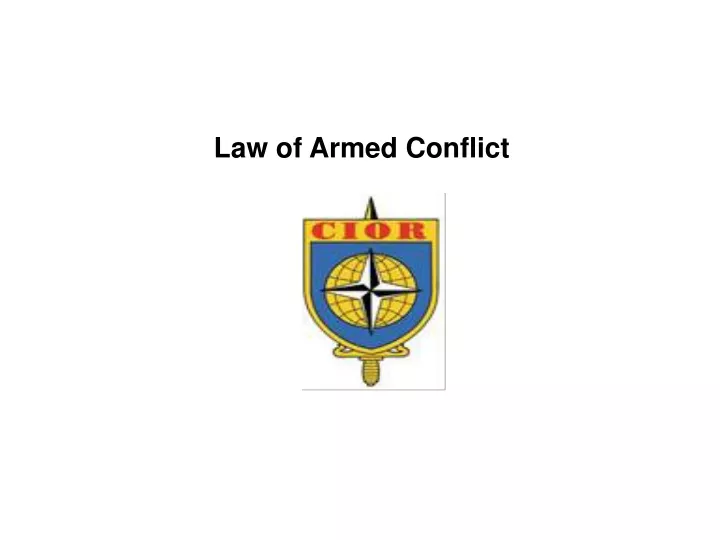


The accompanying paper provides a framework in which to consider these definitions and concepts. We use definitions and concepts from a range of sources that can be applied to identify public health consequences and preventive strategies. Defining violence in different ways has implications for policy and practice. For example, legal definitions of “assault” are more narrowly defined than the use of “assault” in hospital morbidity data collections, which is narrower than the meaning of assault in general parlance. Definitions of violence depend upon their purpose. This glossary clarifies widely used definitions and concepts of violence within the public health field, building on those promoted through the WRVH. 2, 3, 4 So too have recent debates on terrorism, gender‐based violence, firearms control, youth violence and the upsurge of armed conflict in the Middle East.

1 The initial and subsequently updated Global Burden of Disease study, the World Report on Violence and Health (WRVH) and the associated Global Campaign on Violence Prevention have together propelled violence onto the public health agenda. In 1996, the Forty‐Ninth World Health Assembly declared violence a major and growing global public health problem.


 0 kommentar(er)
0 kommentar(er)
